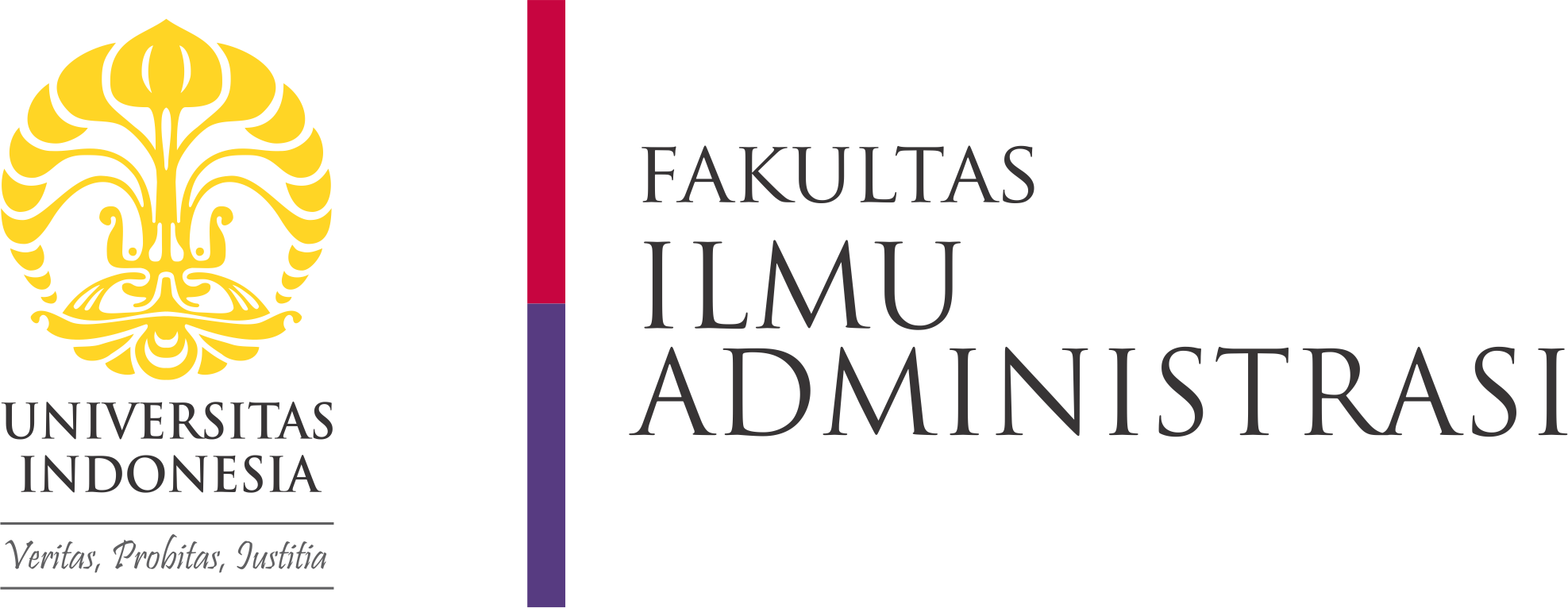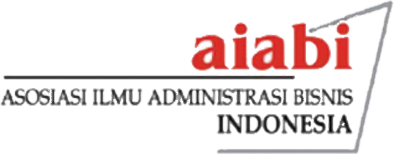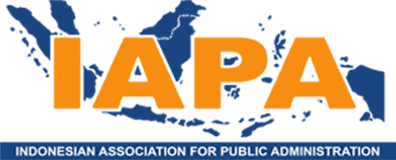Instructions for Authors
BISNIS & BIROKRASI: Jurnal Ilmu Administrasi dan Organisasi (hereafter referred as “JBB”) accepts manuscripts in the field of public, business and fiscal administration. The scope includes but is not limited to: public policy, administrative reform, local government studies, public and private governance, digital governance and business, digital finance, innovation, entrepreneurship, small businesses, people and culture in organization, knowledge management, organizational behavior, fiscal policy, tax administration, international tax, and the politics of taxation.
Authors are expected to follow the provisions made for the preparation of manuscripts. Submitted manuscripts will go through an initial review by the Managing Editor and be forwarded to two expert reviewers. The JBB applies double blind review practice. Thus, authors’ and reviewers’ identity are kept anonymous. Authors are welcome to submit name(s) of prospective reviewer(s).
Please note that JBB follows the generally accepted scientific writing style with the following features: sentences are clear, concise and accurate; unambiguous choice of word; an unbiased and formal stance shown by the use of passive sentence structure.
Manuscript Format
Click Here to Download Manuscript Format
JBB accepts research and review articles and publishes articles in English language. Manuscripts that are submitted in Bahasa Indonesia will not be considered for review process.
For manuscript format, please refer to the following instructions:
1. Research Article
A research article is based on original research. It reports the methods and results of an original study performed by the author(s). We accept studies with quantitative and qualitative research methods, in all cases, analysis is performed on the basis of the collected data and conclusions are drawn from the analysis. The overall word count (excluding title, abstract and reference list) of the article is 6,000 to 8,000 words.
A research paper consists of these following parts:
- Title: The title should consist a maximum of 20 words.
- Abstract: An abstract should have maximum of 250 words. The abstract provides a brief summary of the research question being addressed, the method, a summary of result and discussion, and conclusions drawn.
- Introduction: A brief introduction should cover the theoretical framework, significance of the study and its contribution/purpose. It also includes a review of the existing literature on the topic studied, and the rationale of the author's study. This is important because it demonstrates that the authors are aware of existing studies and are planning to contribute to this existing body of research in a substantial way.
- Methods: A method section, where authors describe how they collect and analyzed data. JBB welcomes quantitative and qualitative research approach. Statistical analyses are included. This section is quite detailed, as it is important that other researchers be able to verify and/or replicate these methods.
- Results and Discussion: A results section describes the outcomes of the data analysis. Charts, tables and graphs illustrating the results are typically included. In the discussion section, authors should explain their interpretation of their results and theorize on their importance to existing and future research.
- Conclusion: Author should develop the conclusion by briefly restating the research question and the result. Author should also discuss the implications of the research findings.
- Acknowledgments: This is an optional section. Authors may express their gratitude to their counterparts, funding or other relevant parties.
- References: A list of references is listed on the last section. Authors are required to provide a sound in-text reference (please refer to “Referencing Style” section below). The reference list should consist a minimum of 60% materials that are published in the last 10 years.
2. Review Article
A review paper is based on other published articles. It does not report original research, but it generally summarizes the existing literature on a particular topic relevant to the JBB in an attempt to explain the current state of understanding and theoretical debate on the topic. Review articles are very important, as they draw upon the articles that they review to suggest new research directions, to strengthen support for existing theories and/or identify patterns among existing research studies. The overall word count (excluding title, abstract and reference list) of the article is 6,000 to 8,000 words.
A review paper consists of these following parts:
- Title: The title should consist a maximum of 20 words.
- Abstract: An abstract should have maximum of 250 words. An abstract provides a brief summary of the review question being addressed or rationale for the review, the major studies reviewed, and conclusions drawn.
- Introduction: Introduce the topic and rationale for addressing this topic focusing on why this topic is important. Clearly define exactly what this article will discuss, outline the order in which author will discuss each subtopic to give the reader any background information needed to understand the coming sections.
- Discussion: As the main part of the paper, this section provides the theoretical debate and further discussions about the topic. Authors are expected to demonstrate a strong and deep understanding of the body of literature and coherently expressed their expert review.
- Conclusions: Authors should develop the conclusion by briefly restating the rationale for the review and the purpose of the article, then discussing the conclusions. Authors should also discuss the implications of the review findings and where further researches in this topic or field of study.
- References: A list of references is listed on the last section. Authors are required to provide a sound in-text reference (please refer to “Referencing Style” section below). The reference list should consist a minimum of 60% materials that are published in the last 10 years.
Manuscript Sequence
Manuscript is prepared in the following style:
- Author’s full name without academic or other title
- Author's affiliation and email for correspondence.
- Abstract consists a maximum of 250 words.
- Keywords, with 3-5 keywords. Keywords are sorted from the most important.
- Font type: Times New Roman. Font. Size 12 pt. Single space. Paper size: A4 with margin of 2 cm all sides. Number of pages does not exceed 25 pages including references. Script editing for all parts of the manuscript (including tables, figures and mathematical equations) is made in a format that can be edited by an editor. Editors may request data used to develop for editing.
- Page number is placed on the top right page. The first page of the article should not contain any page.
- Numbers are written in text when it is a single digit number (one to nine), and written in numerical when it is two or more digits (example: 24, 150). Exception is used when numbers are in tables or a list and when used in the unit or quantity of mathematics, statistics, or technical, for example a four-day, 5 miles, 25 years old.
- Percentages and decimals for technical use can use the symbol (%) and (.).
- Tables and pictures placed on separate pages and placed at the end of the text. Each table or figure is numbered along with a complete title indicating the contents of tables or graphics.
- Reference to any table or figure must exist in the text.
A research article follows below structure:
a. Title
b. Author(s) and their affiliations
c. Abstract and keywords
d. Introduction
e. Methods
f. Result and Discussion
g. Conclusion
h. Reference
A review article follows below structure:
a. Title
b. Author(s) and their affiliations
c. Abstract and keywords
d. Introduction
e. Discussion
f. Conclusion
g. Reference
Documentation
Reference
Papers referred to should use author-year format that refers to the paper in the reference list.
- In the text, the work referenced in the following way: last name / family of the author and year in parentheses. Example (Jacobsen, 2011), two authors (Jacobsen and Andersen, 2014). more than two authors (Jacobsen et al, 2014), more than two references (Jacobsen, 2014; Hansen and Jacobsen, 2016), two or more writing by an author (Jacobsen, 2011; 2019).
- Reference writings are the work of institutional as much as possible should use acronyms or abbreviations as short as possible. Example: (OECD, 2017).
- All manuscripts are published under Creative Commons license: Attribution Share-Alike 4.0 International (CC-BY-SA 4.0).
- Authors retain the copyrights of their published works and allow others to share the work with an acknowledgment of the work's authorship and initial publication in this journal.
- Authors are free to use, reuse and share their articles without any embargo period, provided that journal is acknowledged as the original venue of publication. This freedom includes, for example, posting the article on social media, in an institutional repository or publishing it in a book, even for commercial purposes.
- Authors are also permitted and encouraged to post their work online (e.g., in institutional repositories or on their website) prior to, during, and after the submission process and publication of the article.
Reference Style
Each manuscript must include a reference list (Reference) which only works referenced using APA7th style and arranged alphabetically.
Footnotes
Footnotes aren't used for reference. Footnotes are used only for the expansion of information that if included in the text could disrupt the continuity of reading. Footnotes typed in a single space and placed at the end of the text.
Copyright Notice
Privacy Statement
The names and email addresses entered in this journal site will be used exclusively for the stated purposes of this journal and will not be made available for any other purpose or to any other party.






